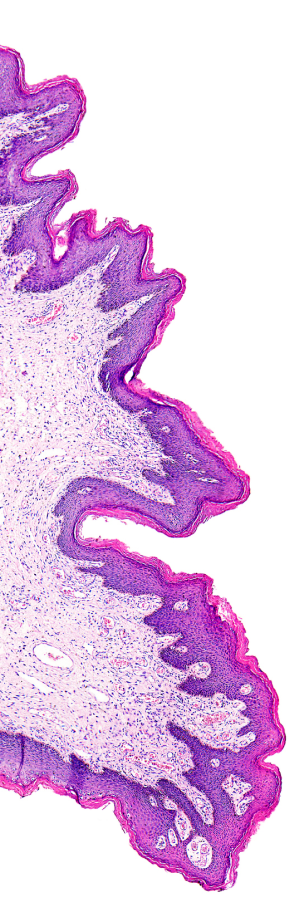

Pathology Perspective on New HPV Test for Cervical Cancer
Elizabeth Wingard
There are a lot of stories being written about the human papilloma virus (HPV) test that has been approved by the FDA as a primary screening tool for cervical cancer. We decided to check in with one of the leading cytopathologists in the U.S., Dr. David Wilbur, Director of Pathology Imaging (and former Director of Cytopathology), at Massachusetts General Hospital to get his perspective. Dr. Wilbur has a long-time interest in gynecologic cytology and HPV testing, and is the co-editor of Comprehensive Cytopathology, a leading textbook in the field.
Are you surprised by the sometimes heated conversations going on about the HPV test vs. the Pap Smear?
No. It’s fairly common when a new technology is introduced that may appear to supplant an established one. The Pap Smear has been an effective screening tool for cervical cancer for decades now. It does not have 100 percent accuracy and neither does any HPV test. The HPV test does offer some advantages in detecting precancerous lesions because of its high sensitivity and its effectiveness in predicting whether women who test negative will develop lesions over the next three year period (a so-called high negative predictive value). This particular strength of the test is what allows for the lengthening of screening intervals beyond the prior routine of annual testing with the Pap.
Some of the uncertainty over the HPV test is based on evidence that some invasive carcinomas are HPV negative – about 10 percent in a recent U.S. cancer registry survey. However invasive cancer is rare and the primary intent of screening using HPV testing is the detection of precursor lesions which have a higher rate of HPV positivity with the tests. In addition, concerns have been raised about the cost of the test and patient access.
How will the FDA decision flow into pathology workload?
There is no imminent demise of the Pap Smear. Our practice note to clinicians is to wait for guidelines for use to be published. These guidelines are being developed by gynecology and oncology societies and most practitioners will wait for the recommended use protocols before adopting the HPV test in a widespread fashion. There should be clarity on this by the end of the year or early 2015.
The FDA approved protocols for how and when to use the new HPV test for standalone screening will involve genotyping as well as reflex to cervical cytology. Per the FDA recommendations, the highest risk group that shows HPV 16 and 18 positive results should go directly to colposcopic examination. Patients who are positive for the 12 other high risk HPV types in the test should have a cervical cytology specimen examined, so clearly the Pap test is not going away.
Final take-a-ways
It has been common knowledge that Roche, the manufacturer of the HPV test, was going to make an application to the FDA for primary screening. The study appears to be well constructed and shows compelling data on HPV effectiveness in the primary screening role; and the results are similar to other studies from Europe and elsewhere.
HPV testing is a new option for cervical cancer screening which has advantages because of its high sensitivity. We’ve seen cases in our lab where the HPV test has identified high grade precursor lesions that were not identified on concurrent Pap tests. How it will flow into general clinical practice and pathology has not yet been decided and will be guided by the work being done right now by professional medical societies.
Thank you to Dr. Wilbur for his insights. As noted in the FDA press release on the HPV test, virtually all cervical cancers are caused by HPV infections, with two types (HPV 16 and HPV 18) responsible for approximately 70 percent of cervical cancers.
Enjoyed this post? Subscribe to Corista's blog to receive articles like this directly in your email.

